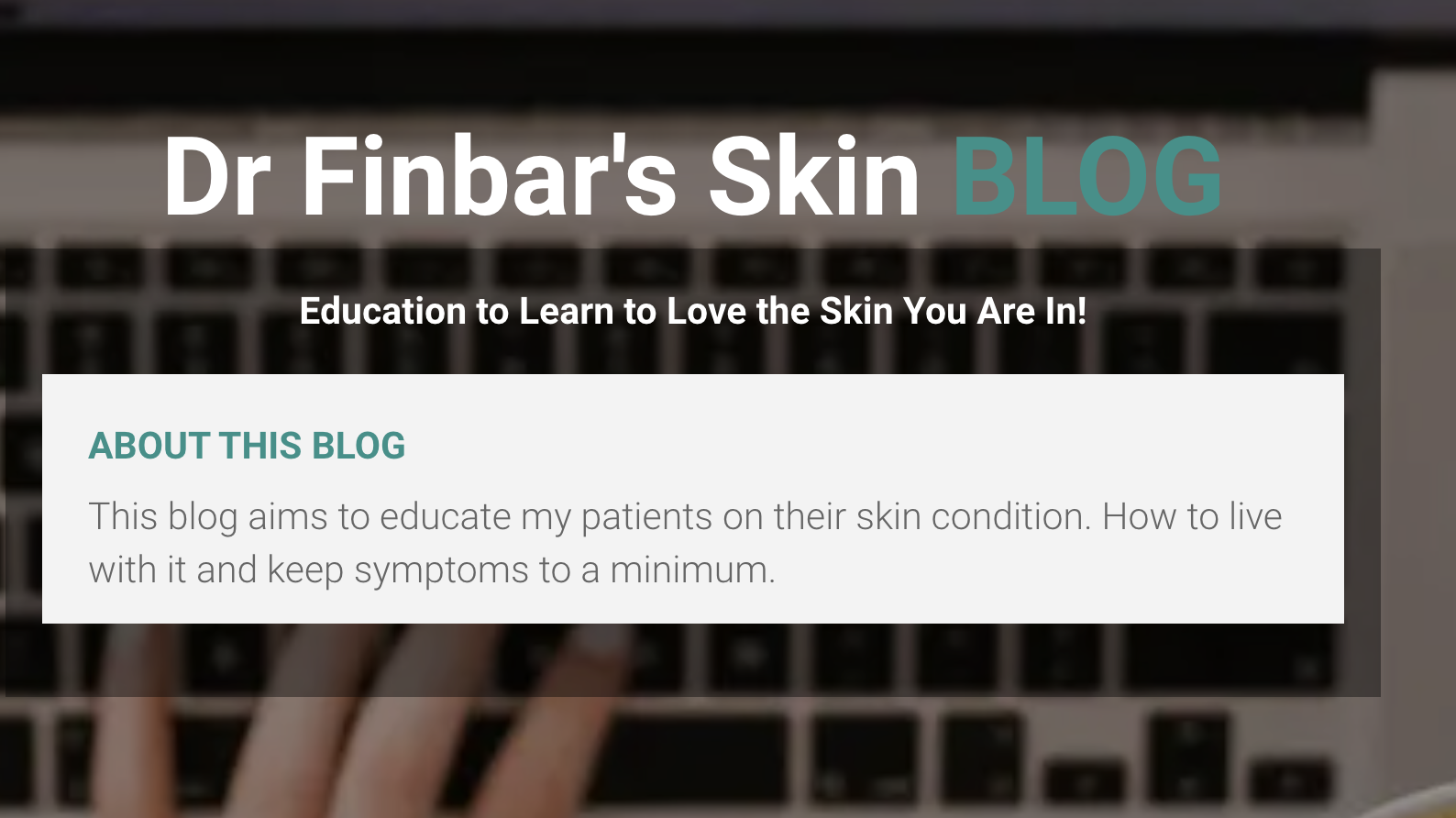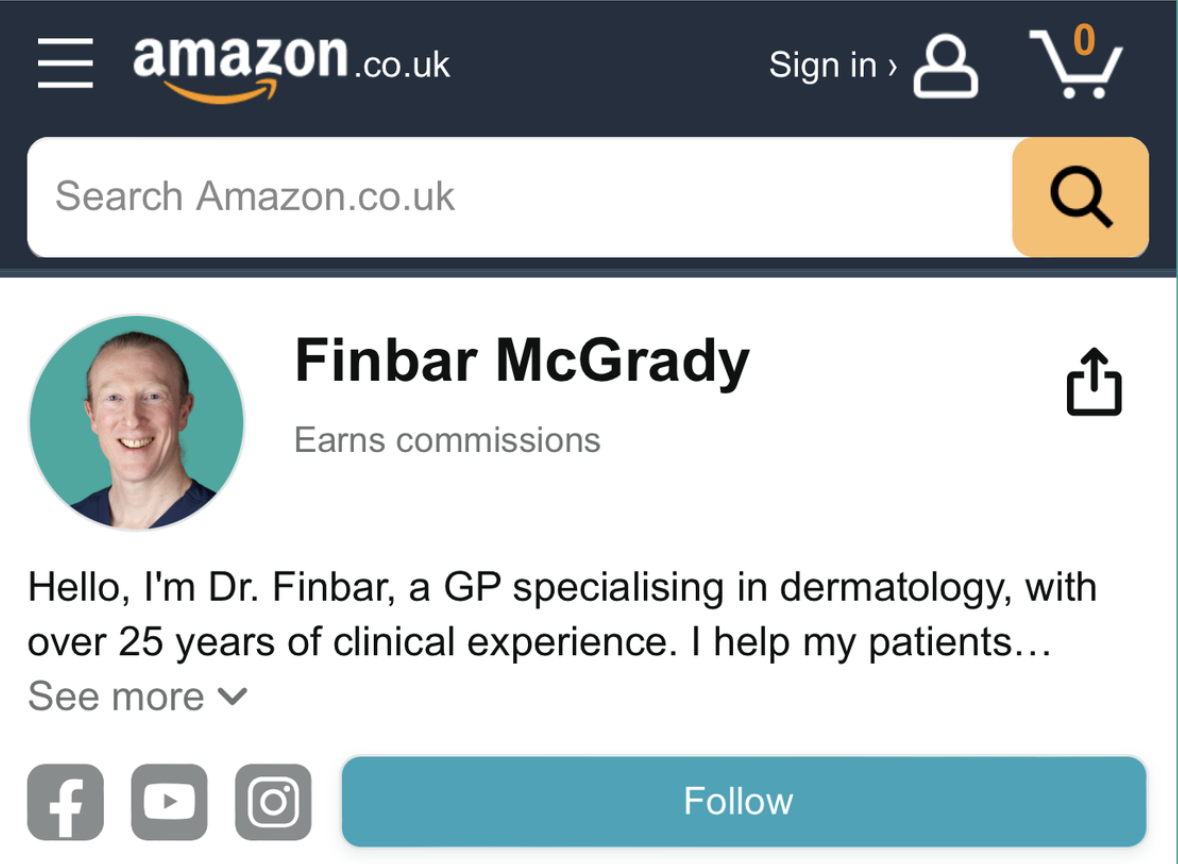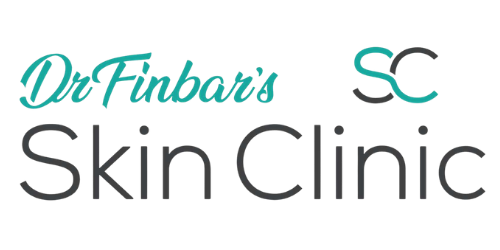Why You Need a Consultation Before Skin Surgery: Skin cancer, Cysts, moles
(Play video below or read blog post 👇)
If you’ve booked a skin appointment expecting to have a cyst, skin tag, or mole removed immediately — you’re not alone. But in most cases, removal doesn’t happen on the first visit.
Here’s why.
🧾 Step 1: Getting It Right From the Start
The first consultation is all about getting the full picture. We’ll take time to:
-
Understand your medical history
-
Examine the lesion thoroughly
-
Use a dermatoscope to inspect the lesion in detail — this tool helps us look beneath the surface
-
Discuss your concerns and expectations
Only then can we decide if the lesion is:
-
Benign and harmless
-
Suitable for simple treatment like cryotherapy
-
Suspicious and needing further testing (biopsy)
-
Requiring a more complex surgical approach
This careful assessment avoids unnecessary procedures and ensures you get the right treatment first time.
🔬 Some Lesions Don’t Need Surgery
Many skin concerns turn out to be non-cancerous and easily treatable without surgery. Common examples include:
-
Seborrhoeic keratosis – may just need freezing (cryotherapy)
-
Cherry angiomas – can often be shaved and cauterised in one visit
-
Benign cysts – sometimes can be left alone or monitored
We only offer surgery if it’s truly necessary — and appropriate for your skin type, medical history, and lifestyle.
✂️ What Happens If a Biopsy Is Needed?
If the lesion is suspicious, we may recommend a biopsy, which can either remove the lesion entirely or take a sample.
Types include:
-
Shave biopsy
-
Punch biopsy
-
Curettage
-
Excision (full surgical removal)
We’ll explain which type is best and link to a video showing these biopsy types on a training pad — no gore, just education.
⏳ Why Not Just Remove It on the Spot?
We understand that you want things sorted quickly. But safe skin surgery often needs more time than a short consultation allows.
Here’s what we need to do:
-
Allow time for the anaesthetic to work properly
-
Perform the procedure safely and meticulously
-
Control bleeding and close the wound effectively
-
Explain aftercare and arrange follow-up if needed
These things take time — and your safety always comes first.
⚠️ What Else Do We Check?
During your consultation, we’ll also check:
-
If you’re on blood thinners like apixaban or aspirin
-
Whether you have implanted devices (like defibrillators) that could be affected by electrosurgery
-
If you’re prone to keloid scars — especially important for darker skin types or surgery on the chest or neck
We’ll also use our digital consent system to show what will be removed and where the scar will likely be.
🧪 Pathology and MDT Discussion
All excised skin lesions are sent to the pathology lab to confirm the diagnosis and check if it was completely removed.
In the rare case of a skin cancer, we may present your case at a hospital multidisciplinary team (MDT) meeting to help decide what further treatment, if any, is needed.
✅ Summary: What to Expect from Your Consultation
Here’s what we’ll cover:
-
The reason for your procedure
-
Our suspected diagnosis
-
The treatment plan
-
What to expect before, during, and after
-
Whether your sample will go to the lab
-
And whether surgery will happen on the day or be booked separately
📌 Final Thoughts
We know it can be disappointing if you came expecting removal on the same day. But this cooling-off period is important — it gives you time to ask questions, weigh up options, and make the right decision.
At Dr Finbar’s Skin Clinic, we take the time to do things properly.
Your skin — and your peace of mind — deserve nothing less.
Share this post on:
Copyright © 2024 Dr Finbars' Skin Clinic All rights reserved.



